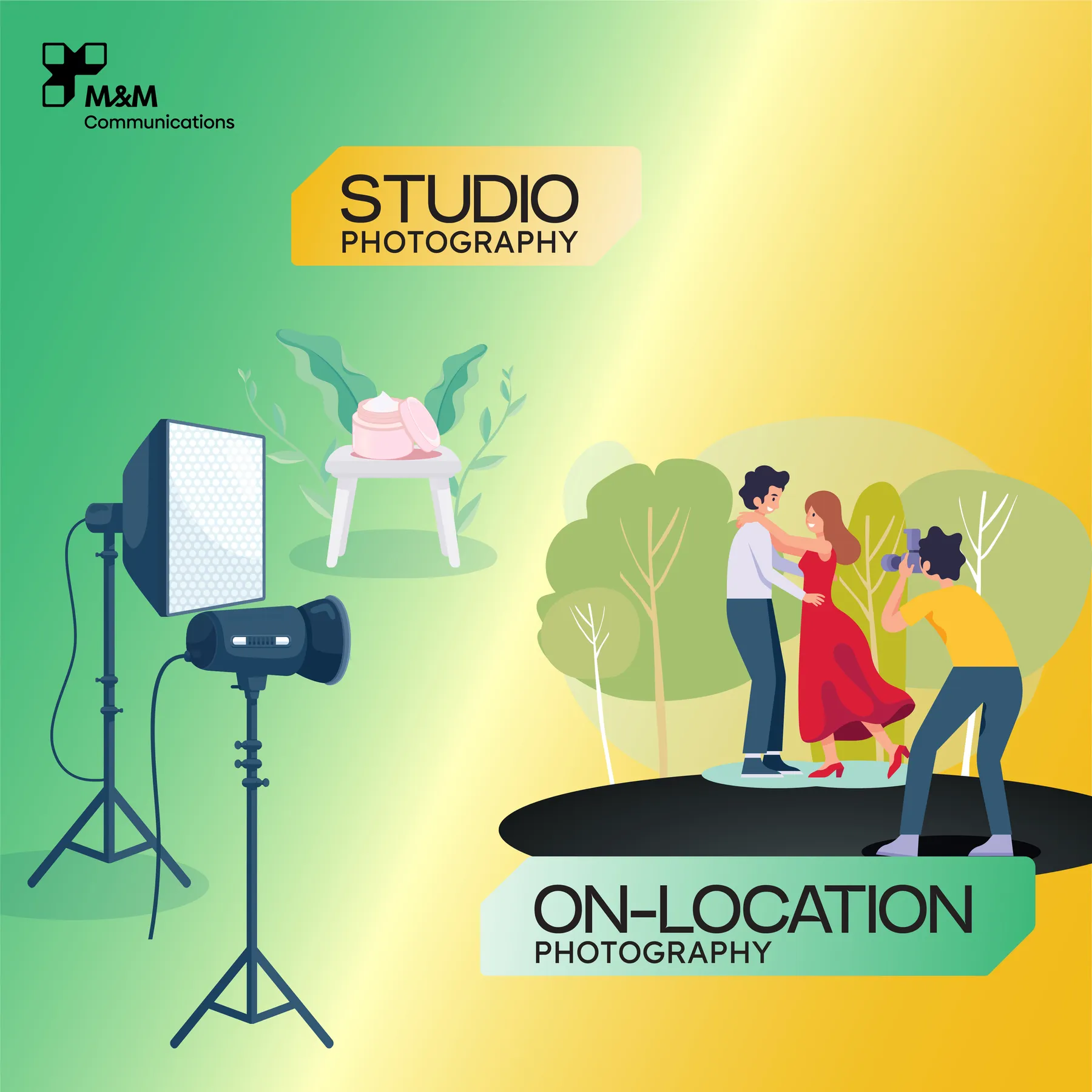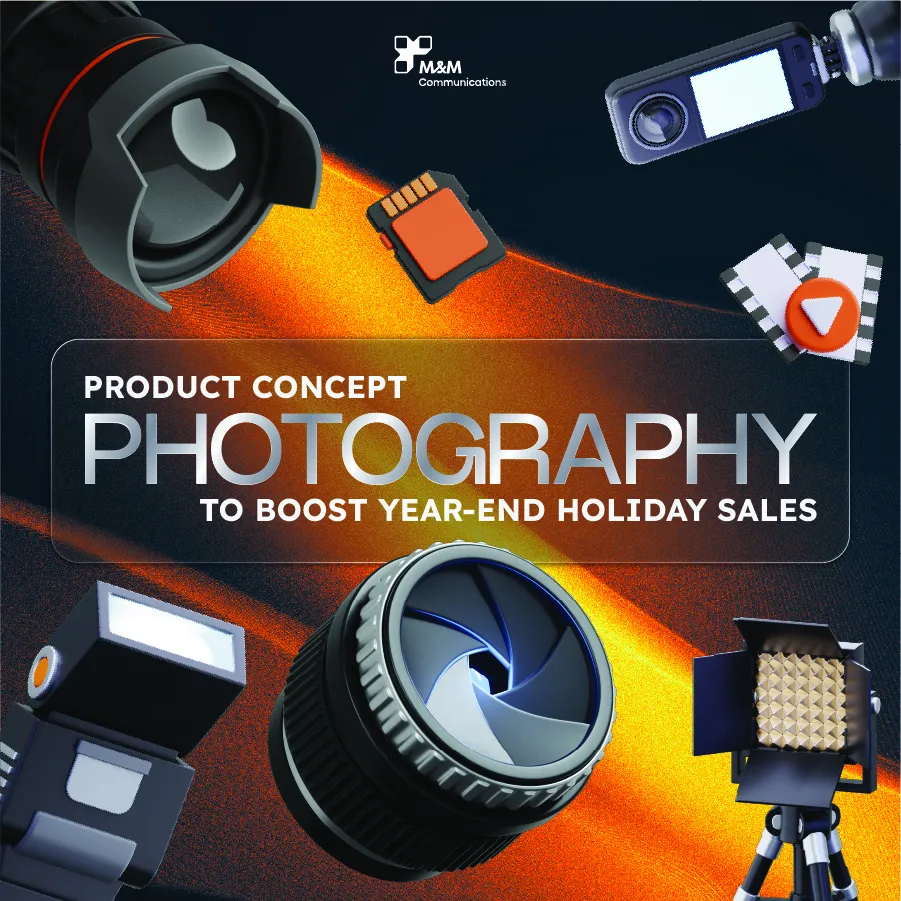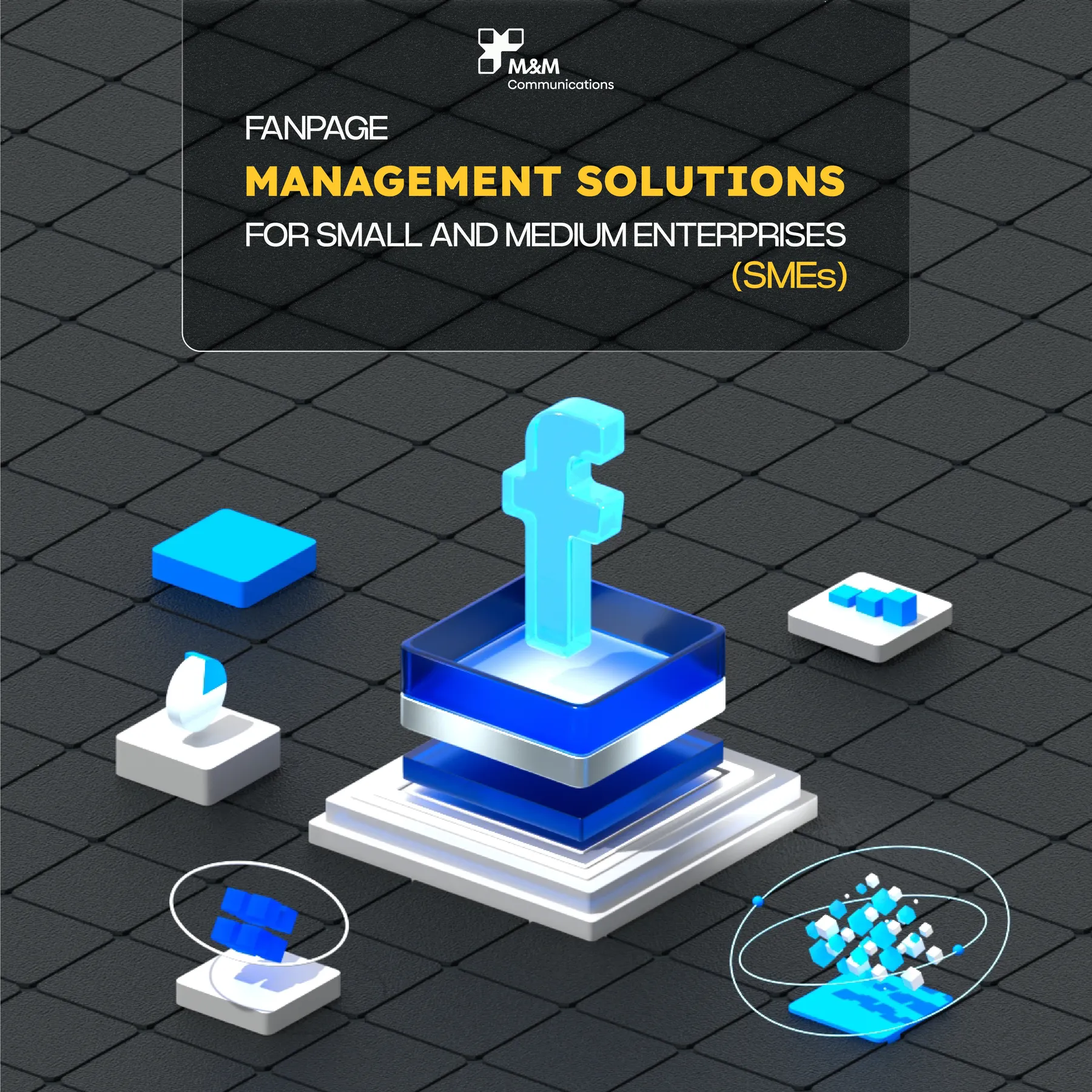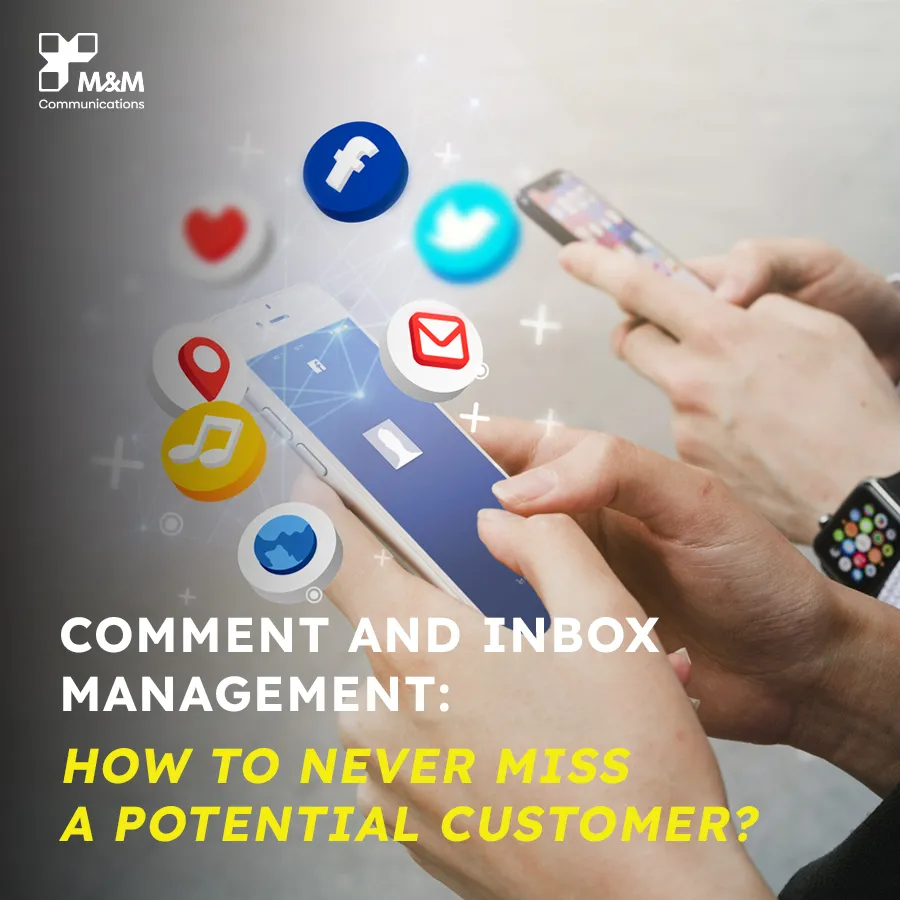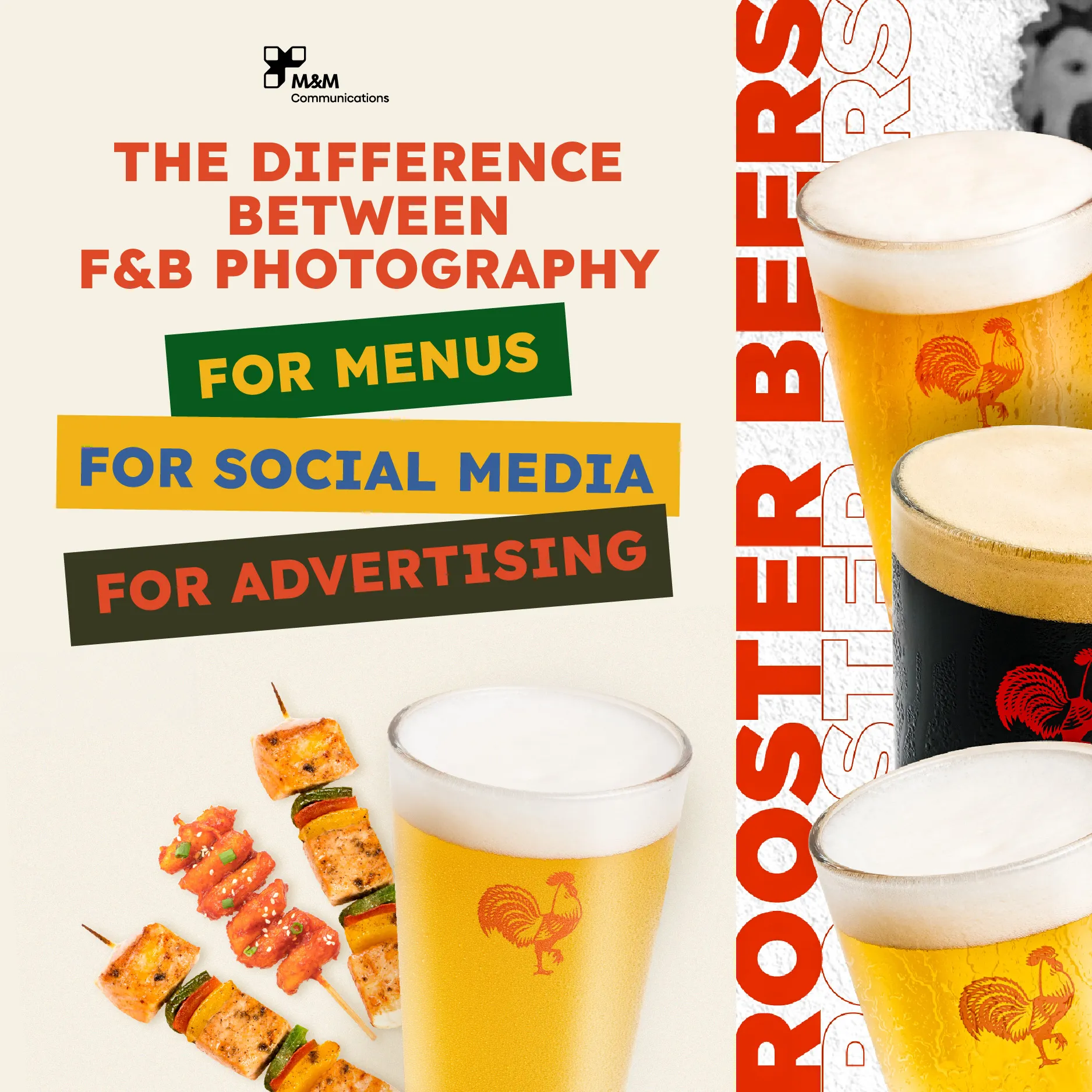
THE DIFFERENCE BETWEEN F&B PHOTOGRAPHY FOR MENUS, SOCIAL MEDIA, AND ADVERTISING
A mouthwatering food photo can stop customers in their tracks. But "beautiful" isn't always enough, especially when each platform demands a different visual language.
Menu photos need clarity and accuracy. Social media images must be vibrant and engaging. Advertising visuals? They have to be bold, persuasive, and message-driven. Understanding these differences helps F&B brands create targeted content that converts.
Let M&M Communications break down the key distinctions between three popular types of food photography: for menus, social media, and advertising.
F&B PHOTOGRAPHY FOR MENUS – CLEAR & HONEST
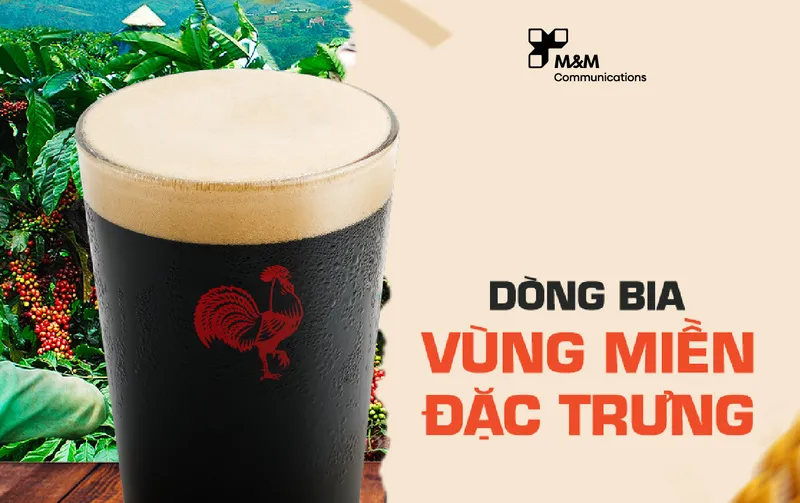
Key Characteristics:
Solo product shots with clean or neutral backgrounds
Straightforward angles (usually 45 degrees or front-facing)
Accurate color, portion size, and ingredient representation
Minimal props or distractions
Purpose:
Help customers visualize the actual dish
Build trust with transparency
Optimize for printed or digital menus (tablet, POS, etc.)
Photography Tips:
Use natural or neutral white studio lighting
Style dishes exactly as they’re served in the restaurant
Avoid heavy filters or excessive editing
F&B PHOTOGRAPHY FOR SOCIAL MEDIA – EMOTIONAL & RELATABLE
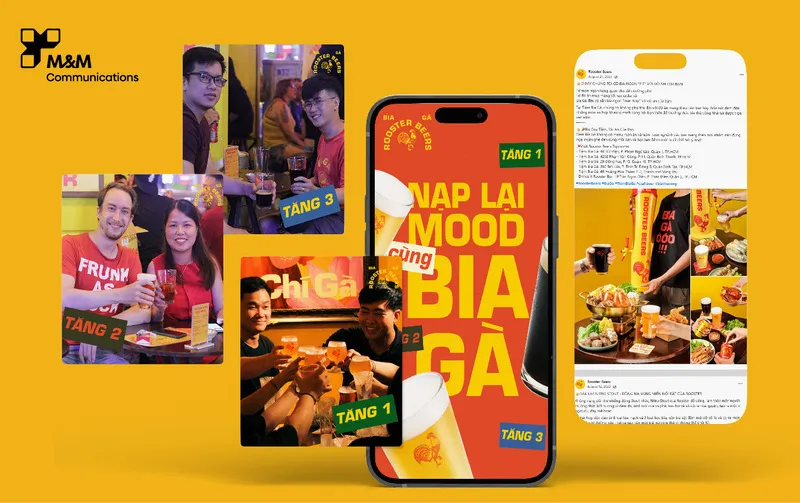
Key Characteristics:
Dynamic scenes: lifestyle, flatlay, close-up…
Use of props: hands, drinks, flowers, napkins…
Vibrant colors and natural lighting
Branded color tones or aesthetic filters
Purpose:
Inspire engagement and sharing
Reflect the brand's personality and tone
Perfect for stories, reels, and everyday posts
Photography Tips:
Combine soft natural light with thoughtful styling
Tell a story: the dining moment, the café vibe, or behind-the-scenes prep
Edit for mood and brand consistency—but maintain realism
>>> The Role Of Lighting In Product Photography
F&B PHOTOGRAPHY FOR ADVERTISING – STRIKING & CONVERSION-DRIVEN
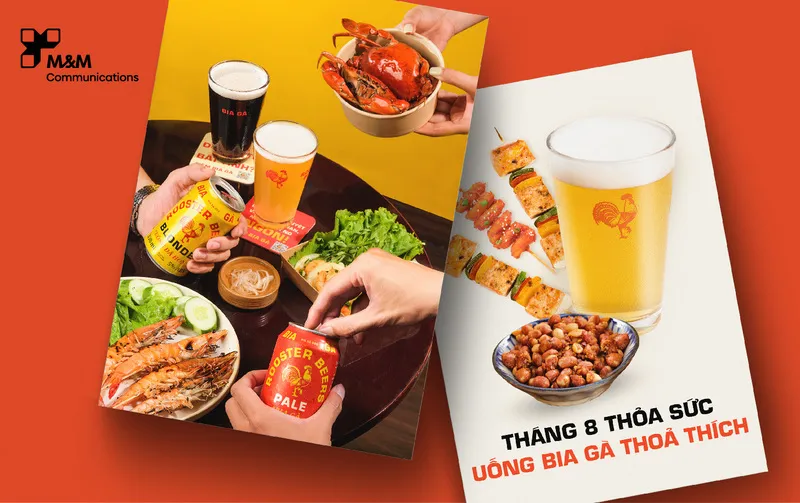
Key Characteristics:
Bold visuals with strong compositions
Focused close-ups: dripping sauces, steam, texture shots
Carefully styled props to amplify impact
Space for logo, tagline, or call-to-action if needed
Purpose:
Capture attention quickly (banners, billboards, social ads)
Deliver a clear message: new dish, promo, or brand value
Trigger desire and prompt immediate action
Photography Tips:
Use professional lighting techniques (rim light, backlight, spotlights)
Shoot multiple angles to select the strongest key visual
Consider motion effects (splash, steam, drizzle) for video or campaign visuals
CONCLUSION:
One dish—three visual approaches. Understanding the end use of your F&B photos helps you save time, money and ensures every image serves a purpose.
At M&M Communications, we specialize in food and beverage photography tailored to every goal, from clean menu photos to vibrant social content and impactful advertising visuals. Our team of stylists, photographers, and editors works closely with brands from concept to final image.
>>> Top 8 Impressive F&B Product Photography Concepts For Businesses
